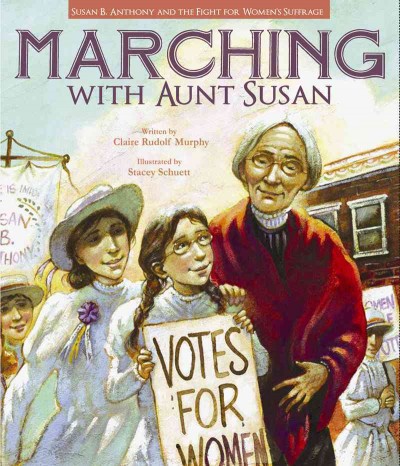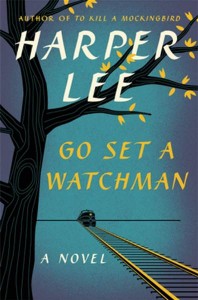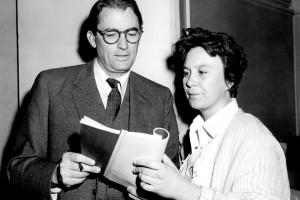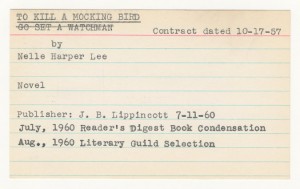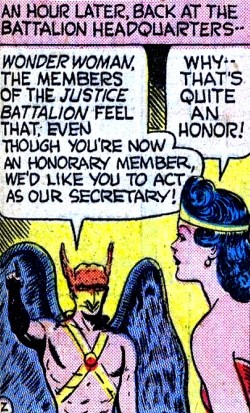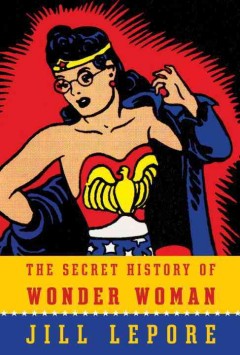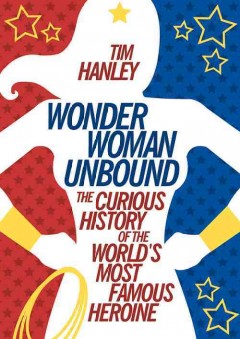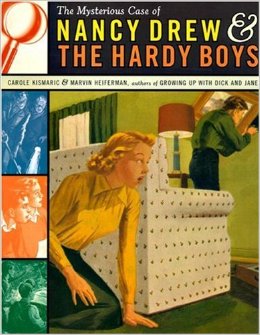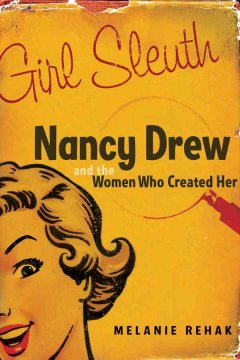 One hundred sixty four years ago today, Herman Melville’s masterpiece was released in Great Britain, four weeks ahead of its publication in the United States. Since that time, Melville’s book has widely come to be accepted as one of the greatest–if not the greatest–work of American fiction. But the reviews that graced the London press in the late October of 1851 were hardly generous in their praise.
One hundred sixty four years ago today, Herman Melville’s masterpiece was released in Great Britain, four weeks ahead of its publication in the United States. Since that time, Melville’s book has widely come to be accepted as one of the greatest–if not the greatest–work of American fiction. But the reviews that graced the London press in the late October of 1851 were hardly generous in their praise.
“This is an ill-compounded mixture of romance and matter-of-fact. ” Stated the London Athenaeum. “The idea of a connected and collected story has obviously visited and abandoned its writer again and again in the course of composition. The style of his tale is in places disfigured by mad (rather than bad) English; and its catastrophe is hastily, weakly, and obscurely managed….” Meanwhile, the London Spectator complained, “The chapter-spinning is various in character; now powerful from the vigorous and fertile fancy of the author, now little more than empty… phrases… it repels the reader instead of attracting him….Melville’s mysteries provoke wonder at the author rather than terror at the creation; the soliloquies and dialogues of Ahab…induce weariness or skipping”.
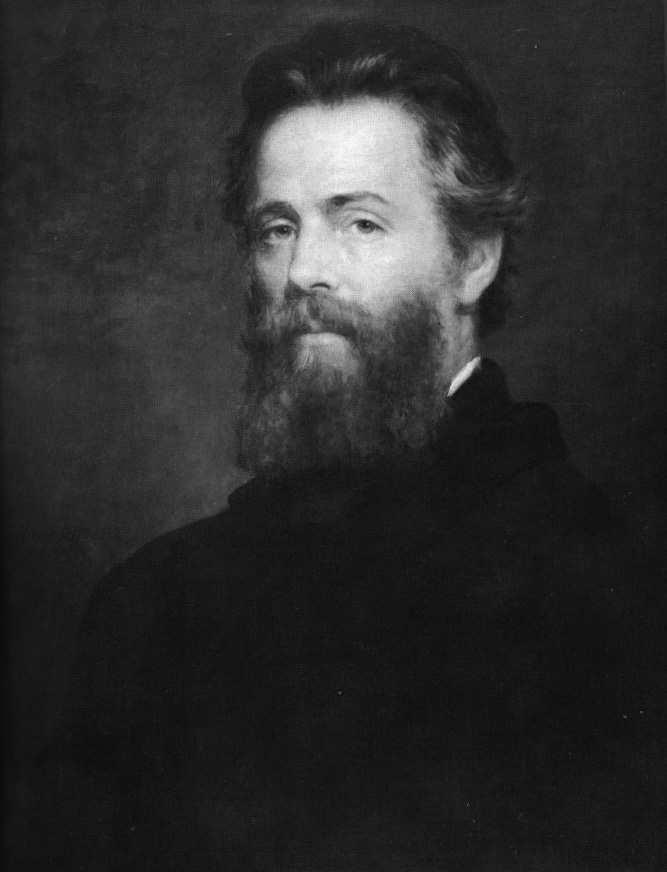
It is true that some reviewers were smitten with Melville’s use of language and the philosophical nature of his work; the London John Bull mused, “Who would have looked for philosophy in whales, or for poetry in blubber?” On the whole, though, Melville’s work didn’t receive a very warm welcome to the British market; readers expected adventure, excitement, and some racy fun from Melville, whose work, up to this point, was largely sea-faring adventures of the dime-novel variety. The philosophical tone, intense passages of description and contemplation, and the general darkness of the book turned many off. However, a good deal of the criticism directed toward the book initially wasn’t really Melville’s fault at all.
 International copyright laws didn’t exist in 1851, so books that were published in one country could easily be pirated and printed in another, largely without issue. One of the few only ways to avoid having your own work stolen from under your nose was to arrange to have a book printed in Britain (where it would then be protected under British copyright laws) and swiftly publish it in the United States before merchant ships could bring the book across the Atlantic (where printers often waited on the docks to collect new books from England) to be pirated. Unfortunately, Melville was not the most time-conscious of authors–he was nearly a year late, and almost $700 in debt to his American publishers with the book–and as a result, he was writing the final scenes while proof-reading the earlier pages that were sent back from the publisher. With time being so scant, Melville barely had time to get his dedication to the printers, and never had time to change the title; what we now know as Moby Dick hit the British market with the title The Whale, a rather unremarkable and far less memorable title, indeed.
International copyright laws didn’t exist in 1851, so books that were published in one country could easily be pirated and printed in another, largely without issue. One of the few only ways to avoid having your own work stolen from under your nose was to arrange to have a book printed in Britain (where it would then be protected under British copyright laws) and swiftly publish it in the United States before merchant ships could bring the book across the Atlantic (where printers often waited on the docks to collect new books from England) to be pirated. Unfortunately, Melville was not the most time-conscious of authors–he was nearly a year late, and almost $700 in debt to his American publishers with the book–and as a result, he was writing the final scenes while proof-reading the earlier pages that were sent back from the publisher. With time being so scant, Melville barely had time to get his dedication to the printers, and never had time to change the title; what we now know as Moby Dick hit the British market with the title The Whale, a rather unremarkable and far less memorable title, indeed.
Type-setters were also notorious for playing fast and lose with the author’s work; words or sentences (or chapters) that were deemed too sexualized, politically dangerous, or potentially blasphemous were removed without notification–as a result, nearly 1200 words were removed from Melville’s manuscript, in which characters and narrators blame God for acts of human error, any mention of sex, prostitutes, or Queequeg’s underwear was cut out, and all of Chapter 25 disappeared, as it satirized the British monarchy. All in all, more than 600 differences exist between the British and American editions of Moby Dick, from omitted text to typos to grammatical and punctuation mis-prints.
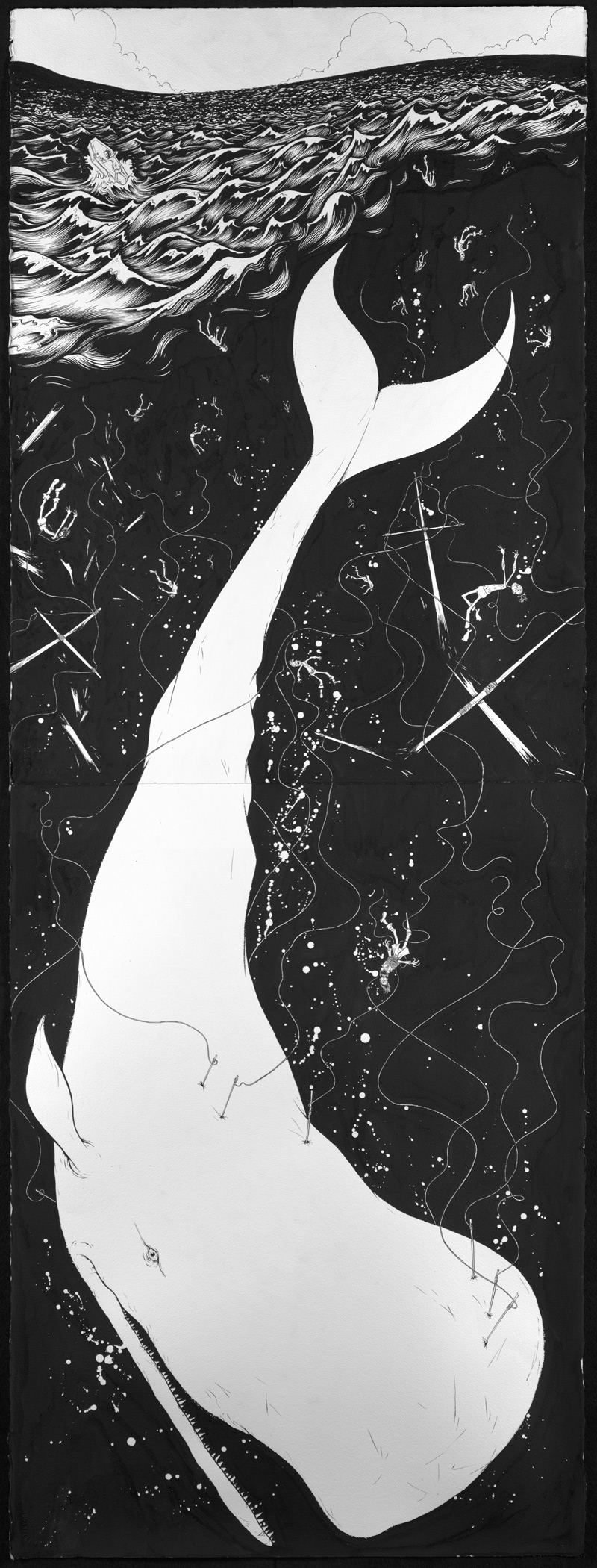 But perhaps the most egregious error of all was the fact that the book’s Epilogue, detailing Ishmael’s miraculous survival (spoiler alert?), never made it to the first British edition. As a result the London Spectator was forced to ask, no doubt echoing the concerns of many readers, “not only is Ahab, with his boat’s-crew, destroyed in his last desperate attack upon the white whale, but the Pequod herself sinks with all on board into the depths of the illimitable ocean.”…So, as Dublin University Magazine asked “how does it happen that the author is alive to tell the story?”
But perhaps the most egregious error of all was the fact that the book’s Epilogue, detailing Ishmael’s miraculous survival (spoiler alert?), never made it to the first British edition. As a result the London Spectator was forced to ask, no doubt echoing the concerns of many readers, “not only is Ahab, with his boat’s-crew, destroyed in his last desperate attack upon the white whale, but the Pequod herself sinks with all on board into the depths of the illimitable ocean.”…So, as Dublin University Magazine asked “how does it happen that the author is alive to tell the story?”
Taken in this light, it’s a bit more understandable why Moby Dick met with such harsh reactions, poor sales (hardly 300 copies of the first 500 books were sold), and hastened Melville’s decline into literary obscurity. Though the book did much better when published in the US four weeks later, it wasn’t until the early 1920’s that critics began recognizing Melville’s work for the genius that it truly is.
So come and savor the full and complete version of Moby Dick today, take some comfort in knowing that even the greatest works of literature, and their remarkable authors, need a little extra time to get it all right.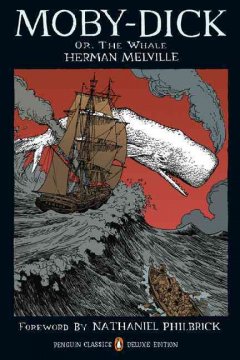

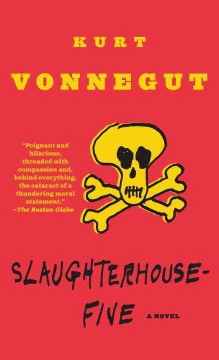
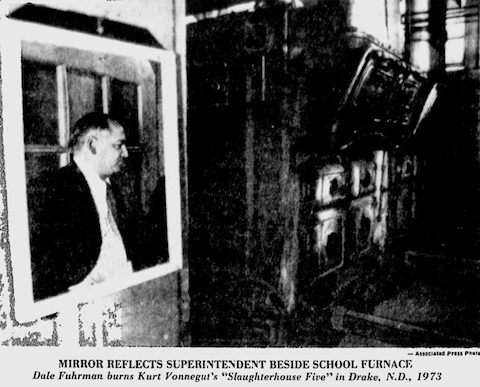

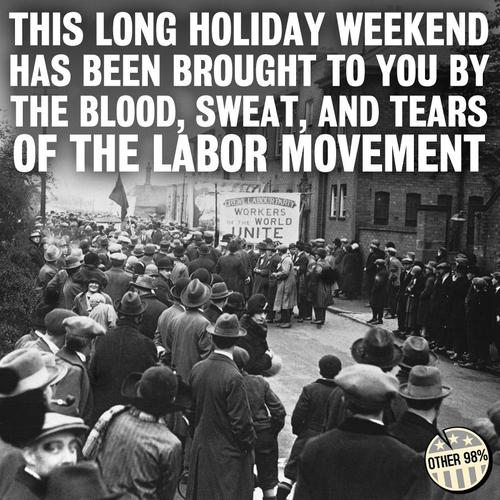


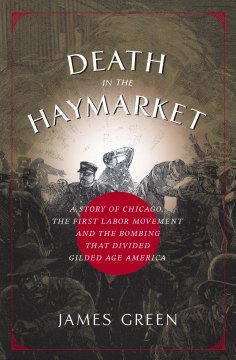
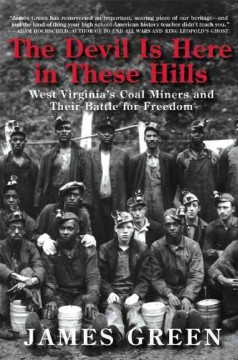
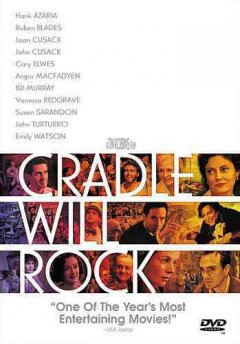
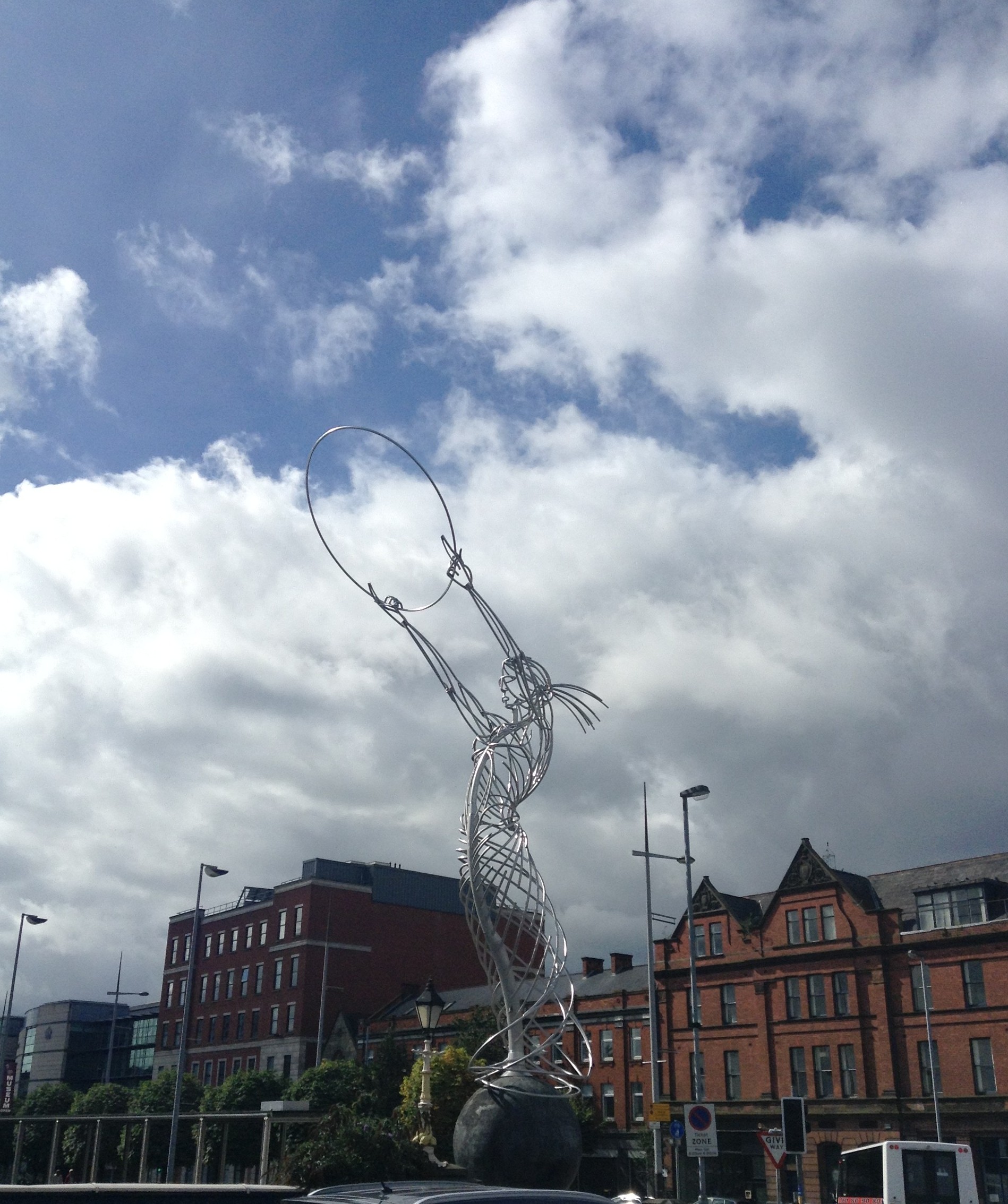

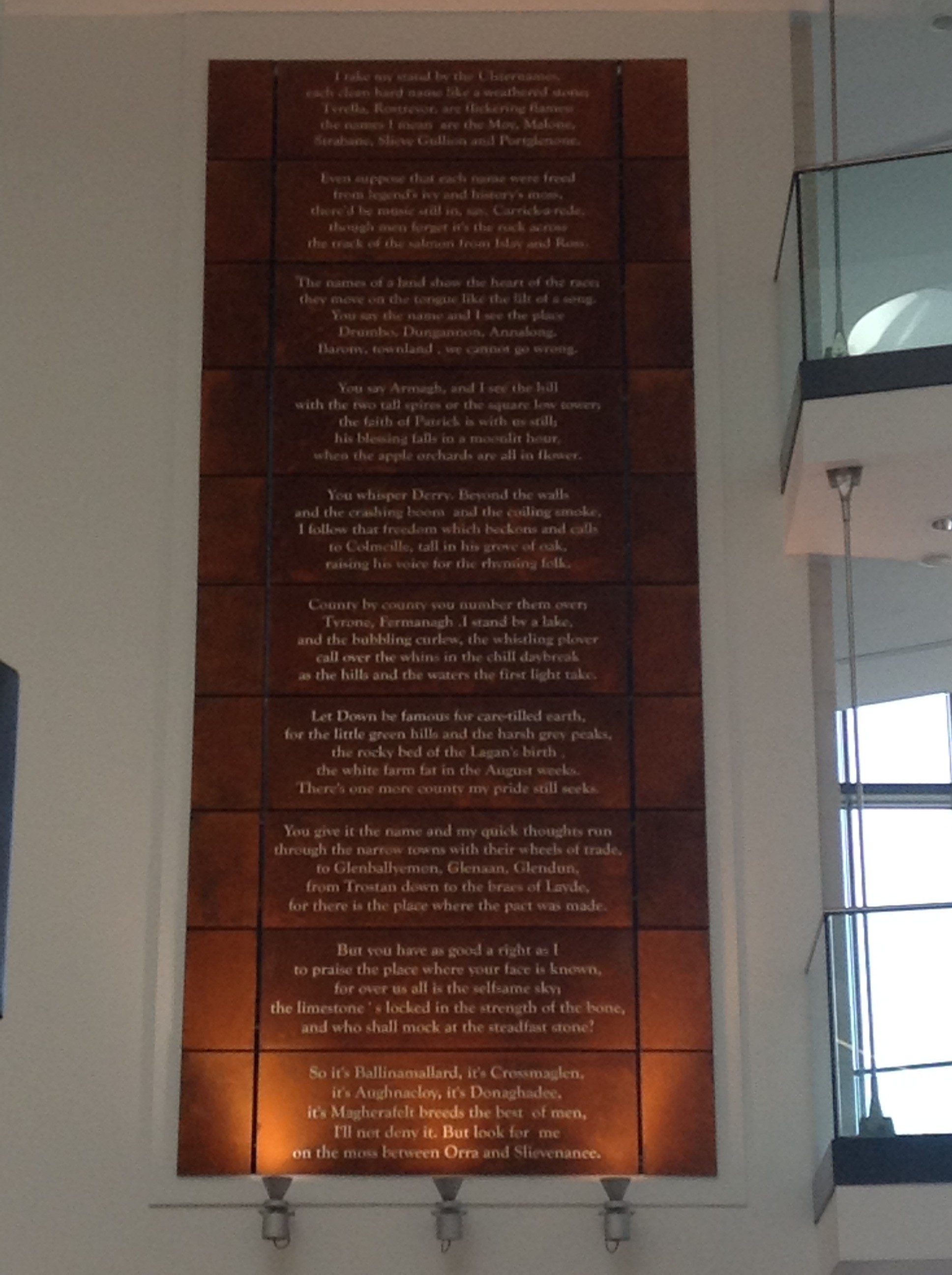


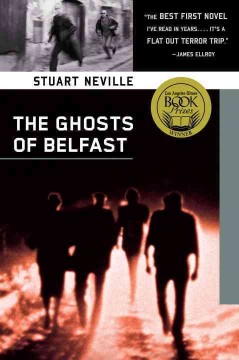

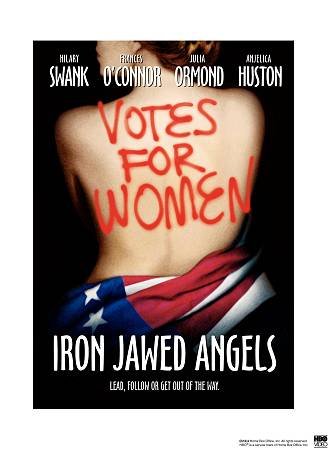


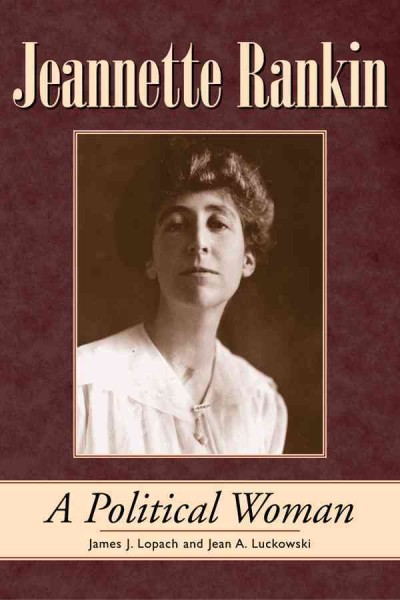

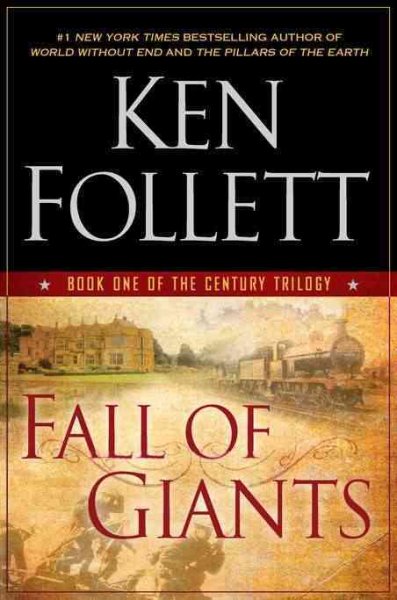
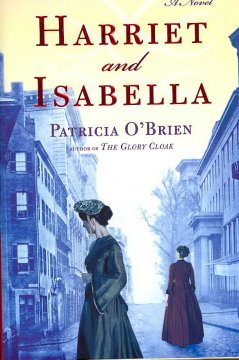
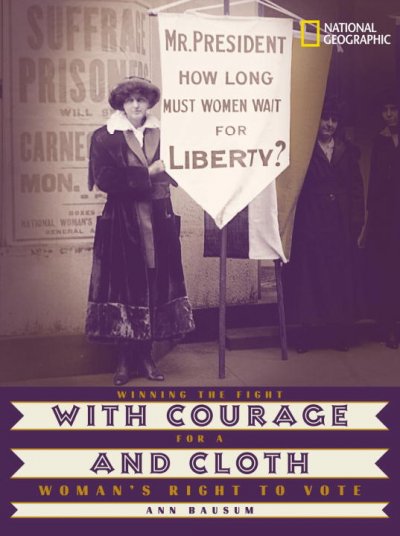 teens in your lives. The youngest in the family will appreciate Marching with Aunt Susan by Claire Rudolf Murphy, while older elementary school aged children can enjoy
teens in your lives. The youngest in the family will appreciate Marching with Aunt Susan by Claire Rudolf Murphy, while older elementary school aged children can enjoy 